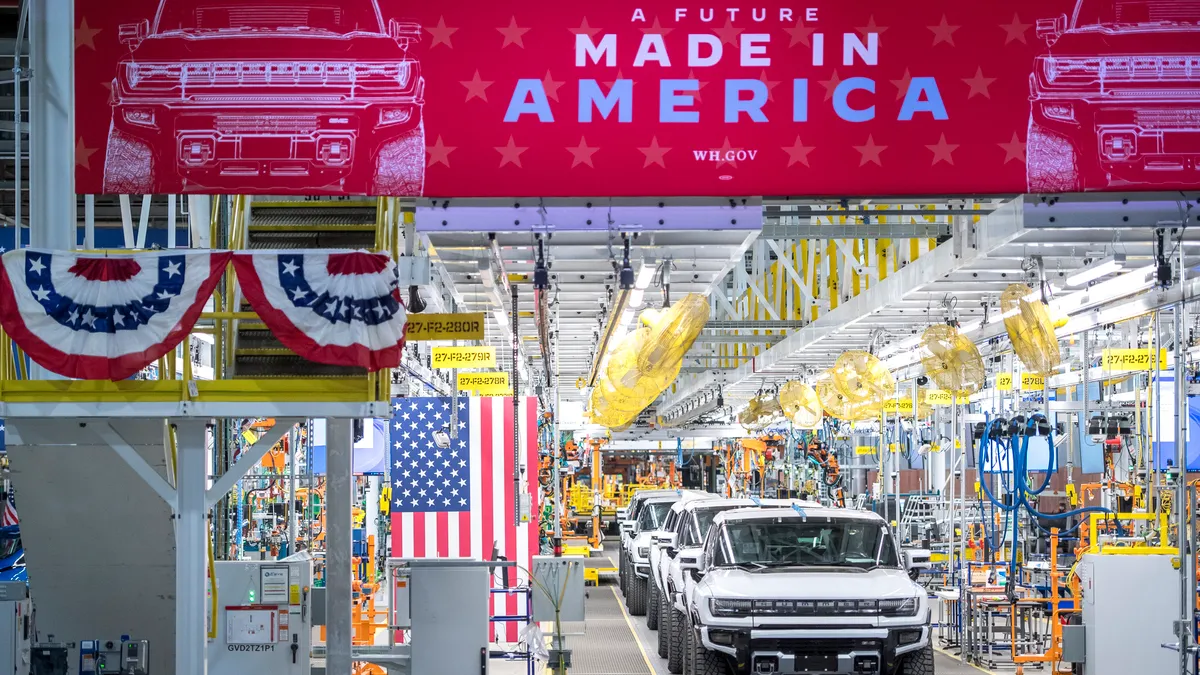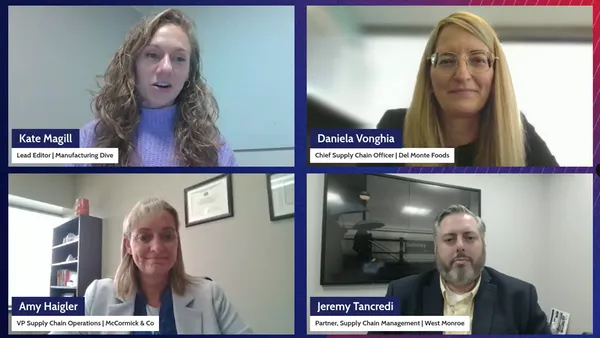The Treasury Department on Friday released long-awaited proposed guidance for the interpretation of the "foreign entity of concern" requirements in the Inflation Reduction Act.
The proposed guidance limits the use of critical minerals and EV battery components processed or manufactured in China, with batteries and components made in the country ineligible for IRA tax credits beginning next year, and critical minerals in 2025.
China is one of four countries the U.S. deems a "foreign entity of concern," alongside North Korea, Russia and Iran. The degree to which the U.S. would limit components made in these countries for IRA-compliant vehicles has sparked anxiety among automakers for months, given China’s dominance in the battery and critical mineral markets, including lithium, graphite and cobalt.
The guidance is meant to clarify if battery components and materials extracted, processed or recycled by a foreign entity of concern may be considered compliant with the IRA’s domestic manufacturing requirements, which determine if automakers qualify for the law's $7,500 consumer tax credits for electric vehicles.
Under the proposed guidance, battery cells may not be manufactured or assembled in foreign entities of concern, and battery components must be tracked to non-covered nations. Critical minerals extracted in compliant countries may also not be processed in a foreign entity of concern.
Alliance for Automotive Innovation President and CEO John Bozzella applauded the department's publication of the guidance and the clarity it "finally" brings to automakers.
"The EV transition requires nothing short of a complete transformation of the U.S. industrial base. It’s a monumental task that won’t happen overnight," Bozzella said in a blog post. "The Treasury guidance recognizes the complexity of this task and the challenges facing automakers with some good balance."
Treasury Department clarifies tracing requirements, transition timeline
The proposed guidance steps up requirements that critical mineral components must be traced throughout manufacturers’ supply chains, global networks of suppliers that are often complex and intertwined through a variety of countries. Because of this, the guidance includes multiple proposals for "transition rules" to ease the burden of compliance for auto and battery makers.
"Given that there is commingling in the critical mineral supply chains and suppliers may not be able to physically track certain specific masses of minerals to specific battery cells or batteries, the NPRM asks for comments on a temporary transition rule, under which critical minerals and associated constituent materials may be allocated to a particular set of battery cells," the Treasury Department said in its guidance announcement.
Those battery cells would then be physically tracked to batteries and vehicles using a serial number.
The proposal also includes a transition rule giving manufacturers until 2026 to develop tracing mechanisms to scope their use of "low-value" materials in the supply chain, which could include components like critical minerals contained in electrolyte salts, electrode binders, and electrolyte additives, according to the proposed guidance. Given their low value in a battery compared to critical minerals like lithium and cobalt, these materials were not often previously traced by companies.
To track compliance, the proposed rules would create a review system beginning in 2025 to track foreign entities of concern compliance via a battery ledger. Automakers would be mandated to submit annual compliant battery procurement estimates tracked in the ledger to the Department of Energy, which they generally would not be allowed to exceed.
The Energy Department released its own clarification regarding the definition of a foreign entity of concern Friday. "A foreign entity is defined as a 'foreign entity of concern' if it is 'owned by, controlled by, or subject to the jurisdiction or direction of a government of a foreign country that is a covered nation,'" the department said in its announcement.
The comment period for both the Treasury Department and Energy Department proposals is not yet open until the proposals are published in the Federal Register. The comment period for the Treasury Department will be open for 45 days, while the Energy Department’s comment period will be open for 30 days.












